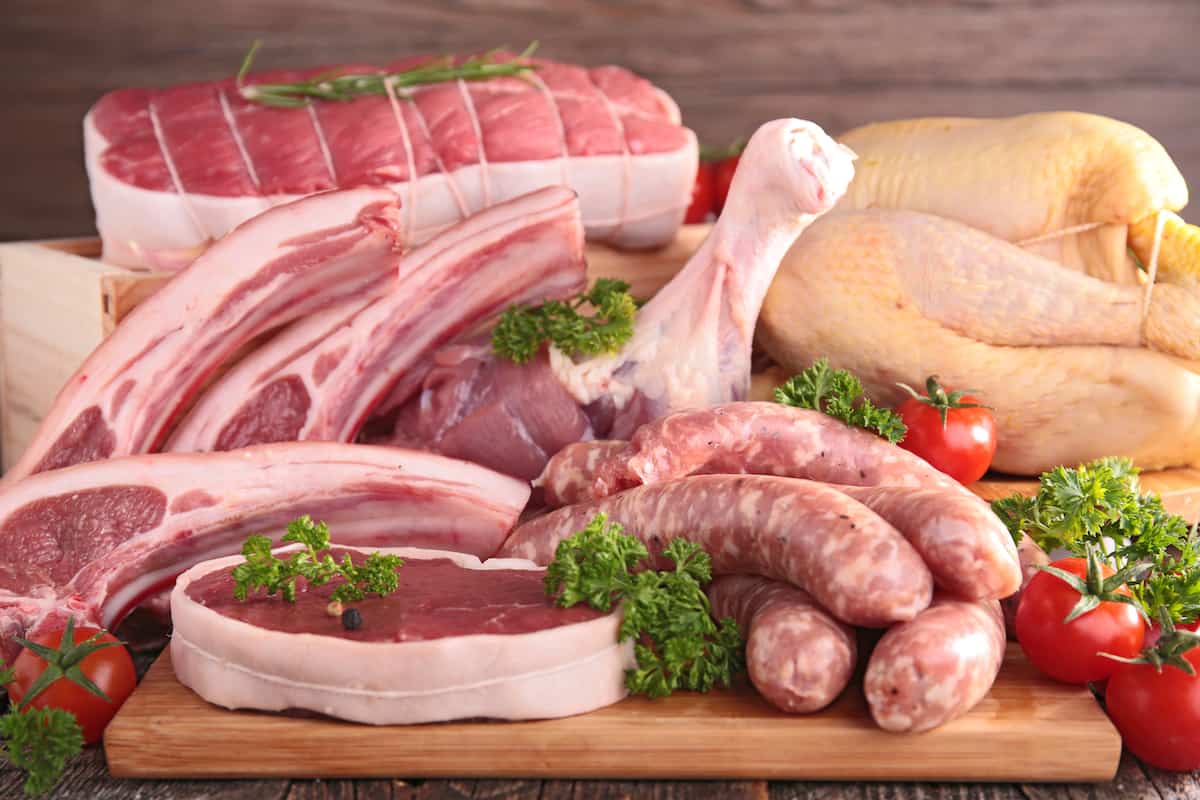

Articles
How To Store Raw Meat
Modified: March 1, 2024
Learn the essential steps for proper raw meat storage in this comprehensive article. Discover expert tips and guidelines to maintain freshness and safety.
(Many of the links in this article redirect to a specific reviewed product. Your purchase of these products through affiliate links helps to generate commission for Storables.com, at no extra cost. Learn more)
Introduction
When it comes to handling raw meat, proper storage is key. Not only does it ensure food safety, but it also helps preserve the freshness and quality of the meat. Whether you are a home cook or a professional chef, understanding how to store raw meat is a fundamental skill that should not be overlooked.
Storing raw meat correctly not only prevents the growth of harmful bacteria but also helps in preventing cross-contamination with other foods in your refrigerator or freezer. By following a few simple guidelines, you can safely store raw meat and minimize the risk of foodborne illnesses.
In this article, we will explore the importance of properly storing raw meat and provide you with practical tips on how to store it safely. From temperature guidelines to choosing the right packaging, we will cover all the essential aspects to ensure that your raw meat remains fresh, safe, and ready to be cooked whenever you need it.
Key Takeaways:
- Properly storing raw meat is crucial for maintaining food safety and preserving freshness. Following temperature guidelines, using the right packaging, and organizing the refrigerator are essential steps to ensure safe and high-quality meat.
- Thawing raw meat safely and following proper cleaning and sanitizing practices are key to preventing cross-contamination and maintaining a hygienic environment. By implementing these practices, you can enjoy safe and delicious meals while minimizing food waste.
Read more: How To Store Raw Beef
Importance of Properly Storing Raw Meat
Properly storing raw meat is crucial for maintaining its quality and preventing the growth of harmful bacteria that can lead to foodborne illnesses. Here are some key reasons why it is important to store raw meat correctly:
- Food Safety: Raw meat, including beef, chicken, seafood, or pork, can harbor various types of bacteria, such as Salmonella, E. coli, and Campylobacter. These bacteria can cause severe illnesses if ingested. By storing raw meat at the right temperature, you can prevent the growth of these harmful bacteria and reduce the risk of foodborne infections.
- Preserve Freshness: Proper storage helps to preserve the freshness and quality of raw meat. Exposure to air, light, and temperature fluctuations can accelerate spoilage and lead to off flavors and textures. By storing raw meat correctly, you can prolong its shelf life and enjoy better-tasting meals.
- Prevent Cross-Contamination: Cross-contamination can occur when raw meat comes into contact with other foods in your refrigerator or freezer. This can result in the transfer of harmful bacteria from the meat to other foods, increasing the risk of foodborne illnesses. By storing raw meat separately and using appropriate containers, you can prevent cross-contamination and keep your food safe.
It is important to note that different types of raw meat have specific storage requirements. For example, poultry should be stored at a lower temperature than other meats to prevent the growth of bacteria. Understanding the specific needs of each type of meat will help you store them correctly and ensure their safety.
By properly storing raw meat, you not only protect yourself and your family from foodborne illnesses but also minimize food waste. When meat is stored incorrectly and goes bad, it is not only unsafe to consume but also a waste of money and resources.
Now that we understand the importance of properly storing raw meat, let’s delve into the specific temperature guidelines and packaging options that will help maintain its safety and quality.
Temperature Guidelines for Raw Meat Storage
Proper storage temperature is crucial when it comes to keeping raw meat safe and free from bacterial growth. Different types of meat have different temperature requirements, so it’s important to adhere to the specific guidelines for each. Here are the general temperature guidelines for storing raw meat:
- Refrigerator Temperature: The refrigerator temperature should be set at or below 40°F (4°C). This ensures that the meat stays at a safe temperature, preventing bacterial growth. Refrigerating raw meat slows down the growth of bacteria and helps maintain its quality.
- Freezer Temperature: The freezer temperature should be set at 0°F (-18°C) or below. Freezing raw meat effectively stops bacterial growth and preserves it for a longer period. Foods stored in the freezer can last for several months without compromising quality.
It’s essential to use a refrigerator thermometer to monitor the temperature and ensure it stays within the safe range. Regularly checking the thermometer will help you identify any temperature fluctuations and take corrective actions promptly.
When storing raw meat, it’s crucial to keep it away from other foods to prevent cross-contamination. Place the meat on a shelf or in a container that prevents any drips or leaks from coming into contact with other foods.
In the next section, we will discuss the importance of choosing the right packaging for raw meat storage, as it plays a vital role in maintaining its quality and preventing contamination.
Choosing the Right Packaging for Raw Meat
The right packaging is essential for ensuring the safety and quality of raw meat during storage. It helps prevent contamination, freezer burn, and spoilage. Here are some key points to consider when choosing the packaging for raw meat:
- Airtight Containers: When storing raw meat in the refrigerator, it is best to use airtight containers or resealable plastic bags. These containers prevent the meat from coming into contact with other foods, reducing the risk of cross-contamination. Airtight packaging also helps maintain the moisture content and prevents the meat from drying out.
- Freezer Wrap: For long-term storage in the freezer, it is recommended to use freezer wrap or heavy-duty freezer bags. The packaging should be moisture-proof and tightly sealed to prevent freezer burn. Freezer burn can negatively impact the quality and taste of the meat and is caused by air reaching the surface of the meat.
- Vacuum Sealing: Vacuum sealing is another option for storing raw meat in the freezer. This method removes the air from the packaging, creating an airtight seal that helps preserve the quality of the meat for an extended period. Vacuum-sealed meat is less prone to freezer burn and retains its flavor and texture.
- Date and Label: It is important to label the packaging with the date of storage using a permanent marker. This practice helps you keep track of the storage duration and ensure that you use the oldest meat first.
When choosing packaging, remember to opt for food-grade materials that are safe for storing raw meat. Avoid using containers made of materials such as styrofoam or low-quality plastic, as they may not provide adequate protection against contamination or freezer burn.
By selecting the appropriate packaging, you can maintain the quality and safety of raw meat throughout storage. Now that we have covered important considerations for packaging, let’s discuss the steps to store raw meat safely.
Steps to Store Raw Meat Safely
Properly storing raw meat is crucial to ensure food safety and maintain its quality. Following these steps will help you store raw meat safely:
- Check the Expiration Date: Before purchasing raw meat, check the expiration date to ensure it is fresh. Avoid buying meat that has already passed its expiration date.
- Keep Meat Refrigerated: If you are not using the meat immediately, refrigerate it promptly. Place the raw meat in an airtight container or resealable bag to prevent any drips or leaks.
- Separate Meat from Other Foods: Store raw meat separately from other foods to prevent cross-contamination. Place it on a lower shelf or in a designated area to avoid any contact with ready-to-eat foods.
- Use the “First-In, First-Out” Method: When storing multiple packages of raw meat, practice the “first-in, first-out” method. This means using the oldest package first to ensure that none of the meat goes past its expiration date.
- Properly Wrap and Seal Meat for Freezing: If you plan to freeze the meat, ensure it is wrapped tightly in freezer wrap or placed in airtight freezer bags. Remove as much air as possible from the packaging to prevent freezer burn.
- Label the Packaging: Clearly label the packaging with the type of meat and date of storage. This will help you identify and use the meat within a reasonable timeframe.
- Store Meat at Recommended Temperatures: Follow the temperature guidelines mentioned earlier for storing raw meat in the refrigerator or freezer. Keep a thermometer in your refrigerator and freezer to monitor the temperature regularly.
- Keep Meat Away from Strong Odors: Raw meat can easily absorb odors, so store it away from strong-smelling foods such as onions, garlic, and certain fruits.
- Regularly Clean and Sanitize Storage Areas: Clean and sanitize your refrigerator, freezer, and storage containers regularly to prevent the growth of bacteria and maintain a clean and safe storage environment.
By following these steps, you can minimize the risk of foodborne illnesses and enjoy safe, high-quality raw meat for your meals. Next, we will discuss best practices for organizing raw meat in the refrigerator.
Read more: How To Store Raw Chicken
Best Practices for Organizing Raw Meat in the Refrigerator
Proper organization of raw meat in the refrigerator is crucial to prevent cross-contamination and ensure food safety. Here are some best practices to follow:
- Designate a Meat Drawer: If your refrigerator has a designated meat drawer, utilize it for storing raw meat. This drawer is typically designed to maintain a slightly lower temperature than the rest of the refrigerator, helping to keep the meat fresh.
- Store on Bottom Shelf: If you don’t have a dedicated meat drawer, store raw meat on the bottom shelf of the refrigerator. This prevents any drips or leaks from contaminating other foods, as raw meat can contain harmful bacteria.
- Use Leak-Proof Containers: Place raw meat in leak-proof containers or resealable bags to prevent any liquids from coming into contact with other foods. This helps to maintain a hygienic environment and prevents cross-contamination.
- Keep Meat Covered: Ensure that raw meat is covered with a lid or plastic wrap to further minimize the risk of bacteria spreading to other foods in the refrigerator.
- Separate Types of Meat: It is important to keep different types of raw meat separate to avoid cross-contamination. Store poultry, beef, pork, and seafood in separate containers or use individual storage bags to prevent any potential mixing of juices or bacteria.
- Follow Storage Times: Be mindful of the recommended storage times for different types of raw meat. It is generally advisable to use ground meat within 1-2 days, poultry within 1-2 days, and other meats within 3-5 days to maintain quality and safety.
- Regularly Clean the Refrigerator: Regularly clean and sanitize your refrigerator, especially the areas where raw meat is stored. Use mild soapy water or a food-safe disinfectant to keep the refrigerator hygienic.
By following these best practices, you can effectively organize raw meat in the refrigerator and minimize the risk of cross-contamination. Next, let’s explore the dos and don’ts of freezing raw meat.
Store raw meat in the coldest part of the fridge, below ready-to-eat foods, and use a separate container to prevent cross-contamination. Always follow the use-by date and never refreeze defrosted meat.
Freezing Raw Meat: Dos and Don’ts
Freezing raw meat is an excellent way to preserve its freshness and extend its shelf life. However, there are some important dos and don’ts to keep in mind to ensure optimal results. Here are the key guidelines for freezing raw meat:
Do:
- Wrap the Meat Securely: When freezing raw meat, ensure it is tightly wrapped to prevent freezer burn. Use freezer wrap, heavy-duty aluminum foil, or airtight freezer bags to create a protective barrier against air and moisture.
- Label and Date: It’s essential to label each package of frozen meat with the type of meat and the date of freezing. This helps you keep track of its freshness and easily identify it when needed.
- Store in Ideal Portions: When freezing raw meat, consider portioning it out into smaller sizes that are appropriate for your cooking needs. This way, you can thaw only the amount you require, minimizing food waste.
- Use a Deep Freeze Setting: If your freezer has a deep freeze setting, activate it when freezing raw meat. This setting helps freeze the meat quickly, preserving its texture and flavor.
- Arrange Properly: Arrange the packaged raw meat in a single layer initially so that it freezes faster. Once frozen, you can stack them neatly to optimize space in the freezer.
Don’t:
- Refreeze Thawed Meat: Avoid refreezing raw meat that has been fully thawed. Once the meat thaws, bacteria can multiply rapidly, increasing the risk of foodborne illnesses. It is best to cook the thawed meat within a safe timeframe or discard it.
- Freeze Inappropriate Packaging: Do not freeze raw meat in containers or packaging that are not suitable for freezing. Improper packaging can lead to freezer burn and deterioration in quality.
- Store Meat for Excessive Periods: While freezing can extend the storage life of meat, it is best to consume it within a reasonable timeframe. Consult the USDA guidelines or recommended storage times for specific types of meat.
- Freeze in Containers with Air Gaps: Avoid leaving air gaps in the packaging as they can lead to freezer burn. Ensure the meat is wrapped tightly to eliminate any air exposure.
- Freeze Defrosted Meat: Never freeze meat that has been defrosted and not cooked. This can pose a health risk as the quality and safety of the meat may be compromised.
By adhering to these dos and don’ts, you can properly freeze raw meat and maintain its quality so that it is ready to be used in your favorite recipes. Next, let’s discuss safe methods for thawing raw meat.
Thawing Raw Meat: Safe Methods to Follow
Thawing raw meat properly is essential to ensure food safety and maintain the quality of the meat. Here are some safe methods to follow when thawing raw meat:
- Refrigerator Thawing: Thawing raw meat in the refrigerator is the safest method as it maintains a consistent temperature throughout the process. Place the packaged meat on a plate or in a shallow pan to catch any drips. Allow enough time for the meat to thaw completely, following the recommended thawing times for different types and cuts of meat.
- Cold Water Thawing: If you need to thaw meat quickly, you can use the cold water thawing method. Keep the meat in its airtight packaging and submerge it in cold water. Change the water every 30 minutes to maintain a safe temperature. Be sure to use cold water, as warm water can promote bacterial growth.
- Microwave Thawing: Some microwaves have a defrost setting that can be used to thaw small portions of raw meat. Follow the manufacturer’s instructions and use a microwave-safe container or package to avoid uneven cooking or bacterial growth. It’s important to cook the meat immediately after thawing in the microwave.
Regardless of the method you choose, it is crucial to follow these additional guidelines:
- Avoid Room Temperature Thawing: Thawing raw meat at room temperature should be avoided as it allows the meat to enter the temperature danger zone (40°F – 140°F or 4°C – 60°C), where bacteria can multiply rapidly.
- Keep Meat Separate: If you are thawing multiple types of meat, ensure that they are kept separate to prevent cross-contamination. Use separate containers or keep them in sealed plastic bags to avoid any contact between different meats.
- Cook Thawed Meat Promptly: Once the raw meat is fully thawed, it should be cooked promptly. Do not re-freeze thawed meat, as this can affect its quality and safety.
Remember that the thawing time can vary depending on the size and thickness of the meat. It is better to plan ahead and allow sufficient thawing time to ensure the meat is completely thawed before cooking.
By following these safe methods for thawing raw meat, you can reduce the risk of bacterial growth and enjoy safe, delicious meals. Next, let’s explore some tips and tricks for storing raw meat in the freezer.
Storing Raw Meat in the Freezer: Tips and Tricks
Proper storage of raw meat in the freezer is essential to maintain its quality and ensure food safety. Here are some helpful tips and tricks to store raw meat effectively:
- Proper Packaging: Ensure that raw meat is well-packaged to prevent freezer burn and maintain its quality. Use freezer wrap, heavy-duty aluminum foil, or airtight freezer bags to create a protective barrier against air and moisture. Make sure the packaging is sealed tightly to avoid any exposure to air.
- Portion Control: Consider portioning the raw meat based on your cooking needs before freezing. By dividing it into individual or family-size portions, you can easily take out the desired amount without having to thaw the entire package.
- Flat Freezing: When possible, flatten the raw meat before freezing. This not only saves space in the freezer but also allows for quicker and more even thawing when you are ready to use it.
- Follow Freeze-By Dates: Be aware of the recommended freeze-by dates for different types of meat. While freezing can extend the storage life, it is best to consume the meat within the recommended timeframe for optimal quality.
- Organize Properly: Keep your freezer organized by arranging the raw meat in a systematic manner. Consider using stackable storage containers or freezer bins to maximize space and keep similar meats together.
- Label and Date: Proper labeling is essential to avoid confusion. Clearly label each package with the type of meat and the date of freezing. This makes it easier to identify and use the oldest packages first.
- Keep Air Circulation: Ensure proper air circulation in the freezer by avoiding overcrowding. Leave some space between the packages to allow cold air to circulate freely, maintaining a consistent temperature throughout the freezer.
- Temperature Control: Regularly check the temperature of your freezer to ensure it is maintained at 0°F (-18°C) or below. Fluctuating temperatures can affect the quality of the meat and may increase the risk of bacterial growth.
- Regularly Clean Freezer: Keep your freezer clean and free of ice buildup. Regularly defrost and clean your freezer to maintain a hygienic environment for storing raw meat.
By following these tips and tricks, you can effectively store raw meat in the freezer, ensuring its quality and safety for future use. But it’s important to note that even with proper storage, raw meat has a recommended storage time, so consume it within a reasonable period for the best results.
Now that we have covered the proper storage of raw meat in the freezer, let’s move on to discussing the importance of cleaning and sanitizing meat storage areas.
Read more: How To Store Raw Salmon
Proper Cleaning and Sanitizing of Meat Storage Areas
Ensuring the cleanliness and sanitation of meat storage areas is crucial for maintaining food safety and preventing cross-contamination. Here are important steps to follow for proper cleaning and sanitizing:
- Clear Out the Area: Start by removing all raw meat and other perishable items from the storage area. This allows for a thorough cleaning and prevents cross-contamination with cleaning agents.
- Dispose of Waste Properly: Discard any spoiled or expired meat and dispose of it in a sealed bag or container to prevent odors and potential contamination.
- Clean Surfaces: Use a suitable cleaner, such as a mild detergent or sanitizing solution, to clean all surfaces in the meat storage area. Pay close attention to shelving, drawers, and any other areas where raw meat may have been stored. Scrub the surfaces thoroughly to remove any residue or contaminants.
- Rinse Surfaces: After cleaning, rinse all surfaces with clean water to remove any traces of the cleaning agent.
- Sanitize: Apply a food-safe sanitizing solution to disinfect surfaces. This step is important to kill any remaining bacteria or pathogens that may be present.
- Air Dry or Use Clean Towels: Allow the surfaces to air dry completely or use clean towels to dry them. Avoid using the same towel for multiple surfaces to prevent the spread of bacteria.
- Clean Storage Containers: Clean and sanitize any storage containers, bins, or trays that were used to store raw meat. Ensure they are thoroughly cleaned and dried before using them again.
- Regular Cleaning Schedule: Establish a regular cleaning schedule for the meat storage area to maintain cleanliness and prevent the buildup of dirt or grime. Cleaning and sanitizing should be done at least once a week or more frequently if necessary.
- Separate Cleaning Tools: Use separate cleaning tools, such as brushes or sponges, for cleaning the meat storage area to avoid cross-contamination with other areas of the kitchen.
- Personal Hygiene: Practice good personal hygiene by washing your hands thoroughly before and after handling raw meat or cleaning the storage area. This helps prevent the spread of bacteria.
By following these steps, you can effectively clean and sanitize meat storage areas, reducing the risk of contamination and maintaining a safe and hygienic environment for storing your raw meat.
Now that we have covered proper cleaning and sanitizing practices, let’s summarize the key points discussed in this article.
Conclusion
Properly storing raw meat is essential for maintaining food safety and ensuring the quality and freshness of the meat. Following the guidelines and best practices discussed in this article will help you store raw meat safely and minimize the risk of foodborne illnesses.
From temperature guidelines to choosing the right packaging, each step plays a crucial role in maintaining the safety and integrity of the raw meat. Refrigerating raw meat at or below 40°F (4°C) and freezing it at 0°F (-18°C) or below are important temperature requirements to prevent bacterial growth.
Choosing the right packaging such as airtight containers, freezer wrap, or freezer bags helps prevent cross-contamination and freezer burn. Properly labeling and dating the packages ensure that you can keep track of the freshness and use the oldest meat first.
When storing raw meat in the refrigerator, it’s important to designate a meat drawer or store it on the bottom shelf to prevent any drips or leaks from contaminating other foods. Separating different types of raw meat helps avoid cross-contamination.
Freezing raw meat should be done using proper packaging to prevent freezer burn, and it’s recommended to flatten the meat for efficient freezing and thawing. Thawing raw meat safely can be done in the refrigerator, cold water, or microwave, following recommended methods and avoiding room temperature thawing.
Cleaning and sanitizing meat storage areas is crucial to prevent cross-contamination and maintain a hygienic environment. Regularly cleaning and sanitizing surfaces, using separate cleaning tools, and practicing good personal hygiene are key steps to follow.
By implementing these practices, you can ensure that raw meat remains safe, fresh, and ready to be cooked whenever needed. Remember to follow recommended storage times for different types of meat and consume them within a reasonable period.
Properly storing raw meat is not just about food safety, but it also helps reduce food waste and saves money. By being mindful of storage guidelines and maintaining cleanliness, you can enjoy delicious and safe meals without worry.
So, whether you’re a home cook or a professional chef, mastering the art of storing raw meat is essential. By keeping these tips in mind, you can confidently handle and store raw meat, ensuring the health and wellbeing of yourself, your loved ones, and anyone who enjoys the meals you prepare.
Frequently Asked Questions about How To Store Raw Meat
Was this page helpful?
At Storables.com, we guarantee accurate and reliable information. Our content, validated by Expert Board Contributors, is crafted following stringent Editorial Policies. We're committed to providing you with well-researched, expert-backed insights for all your informational needs.

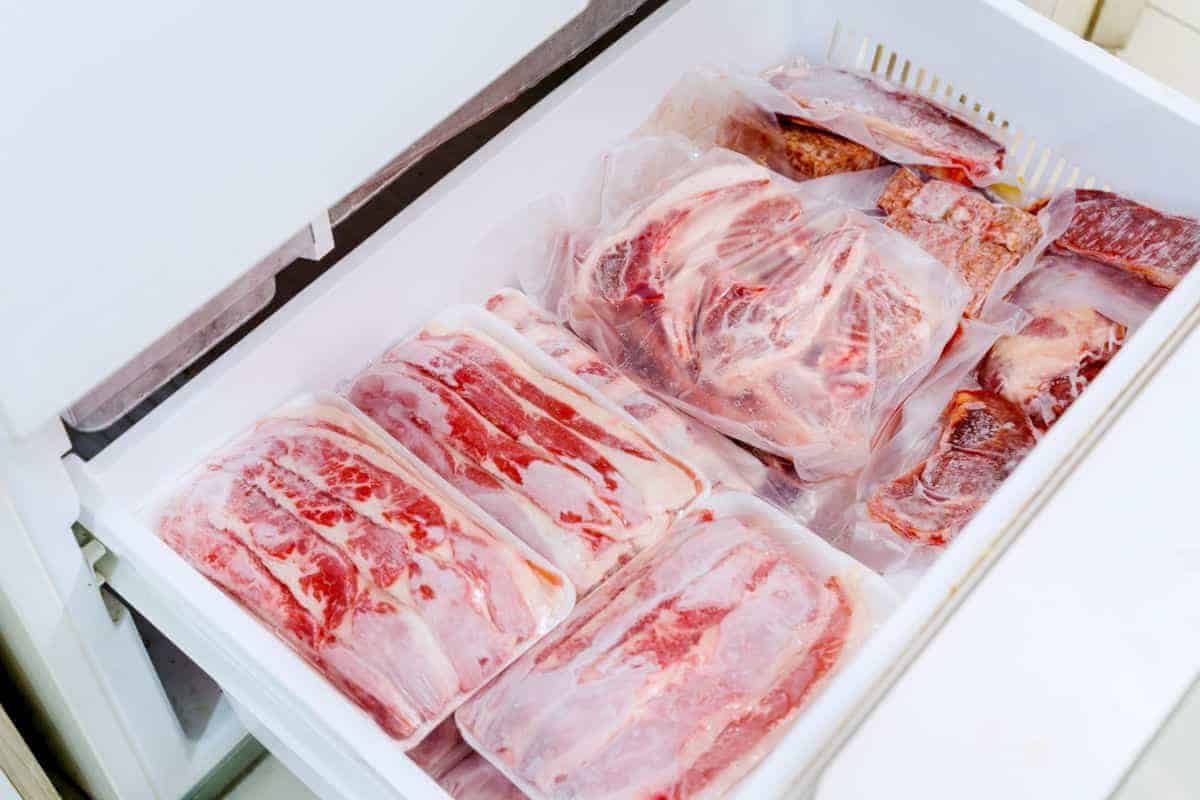
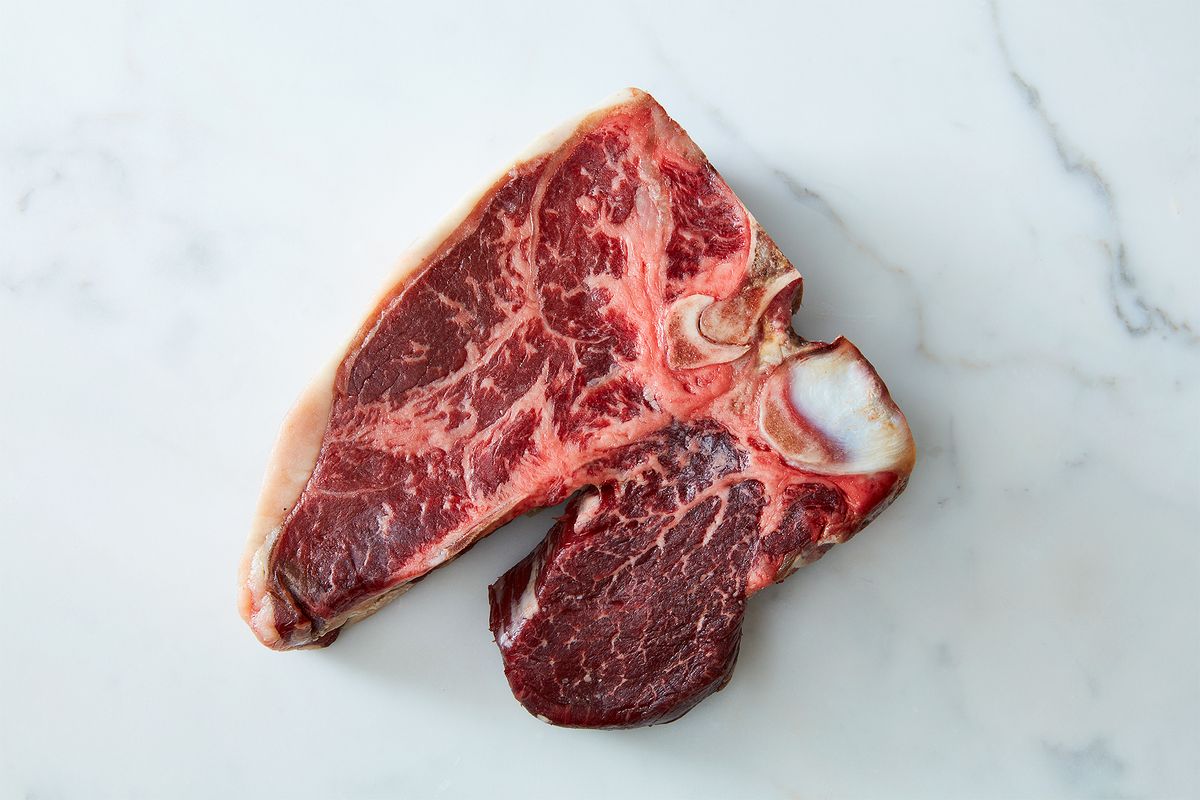

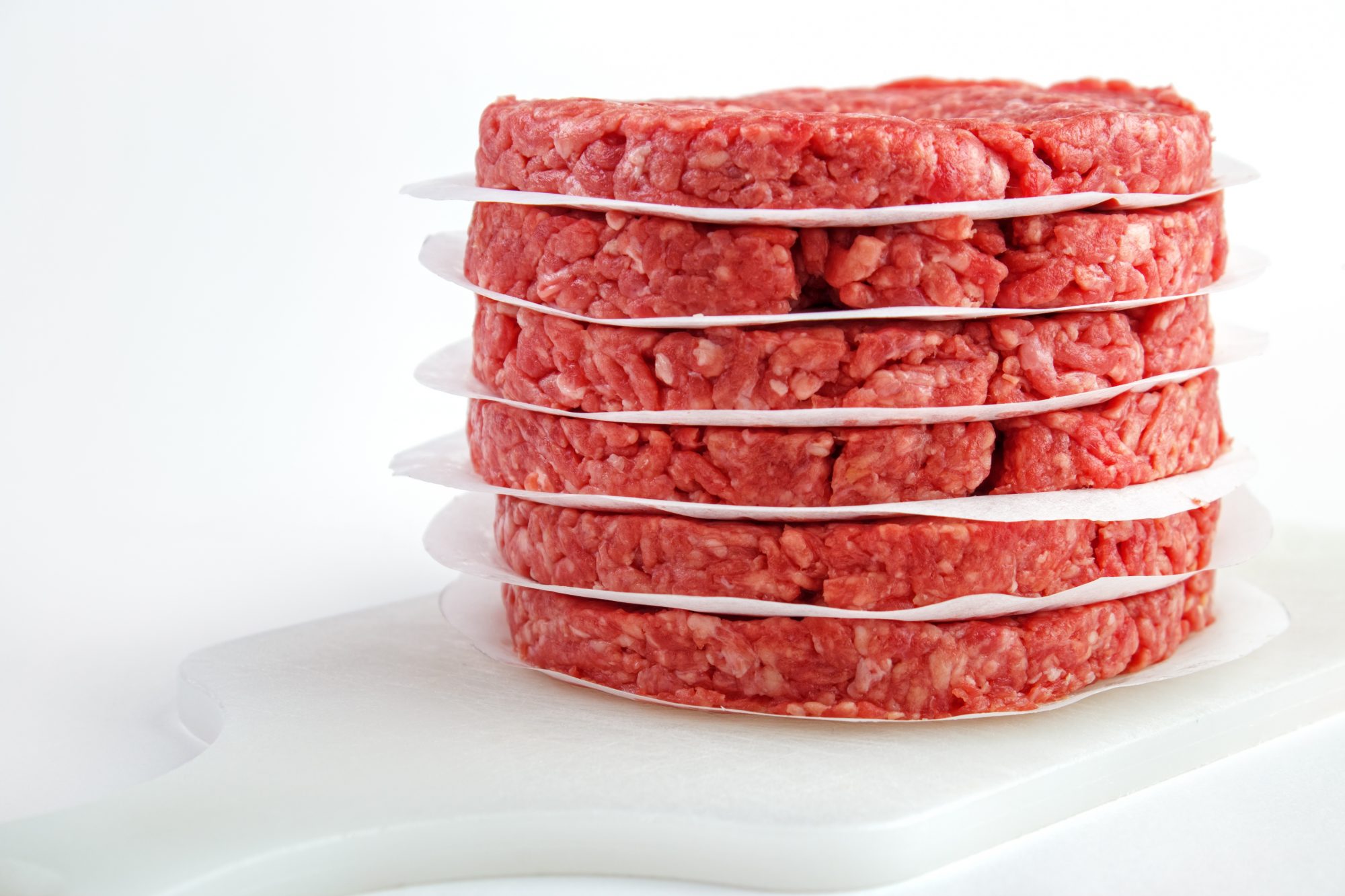
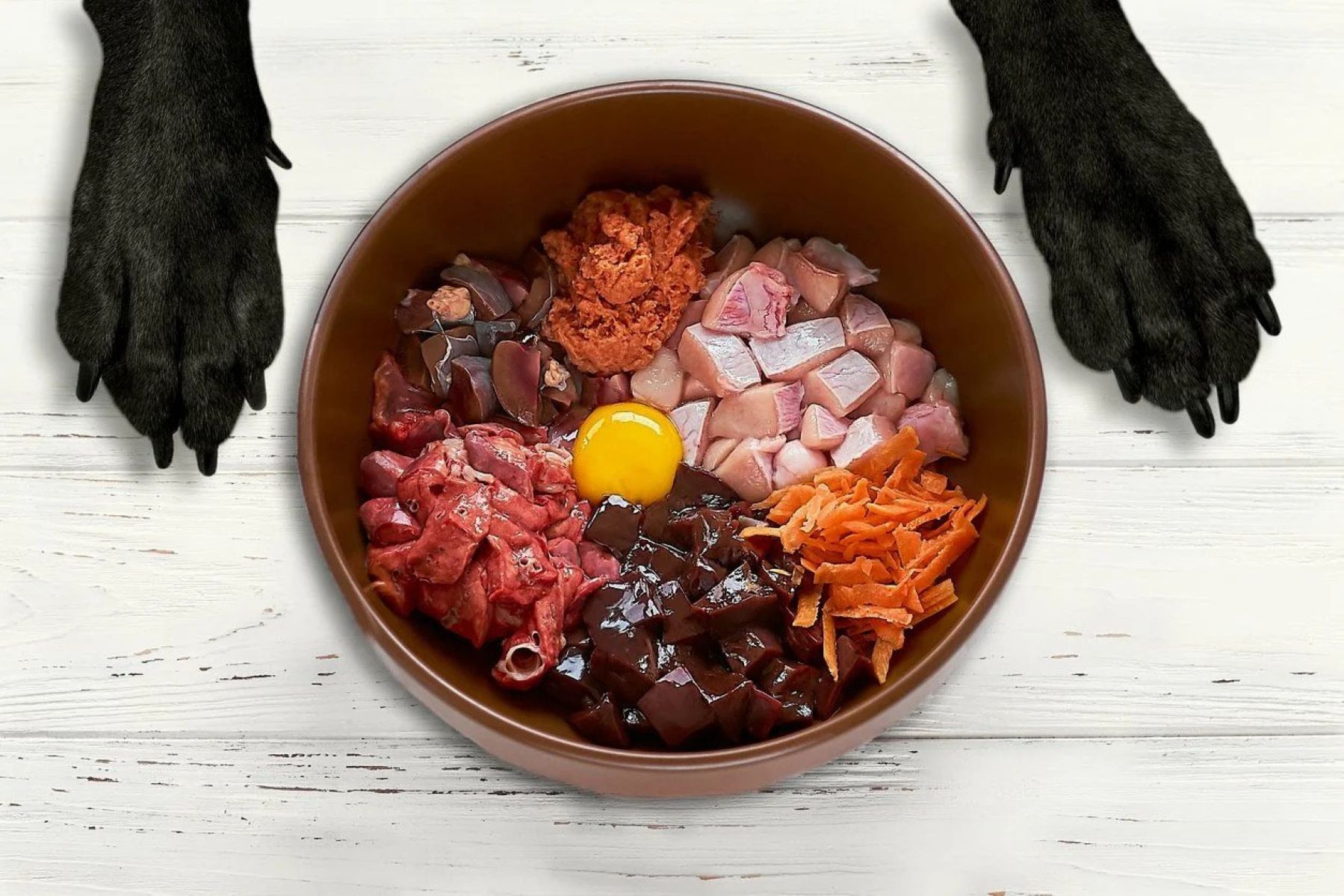
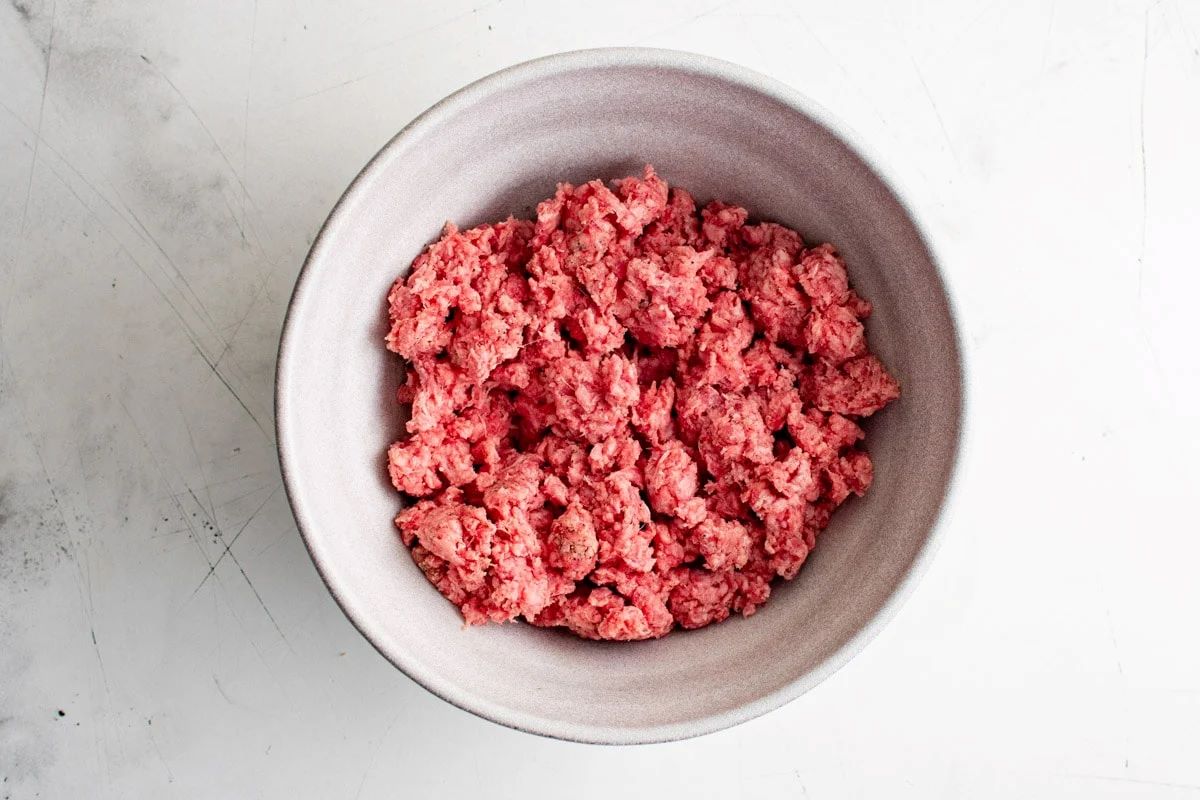
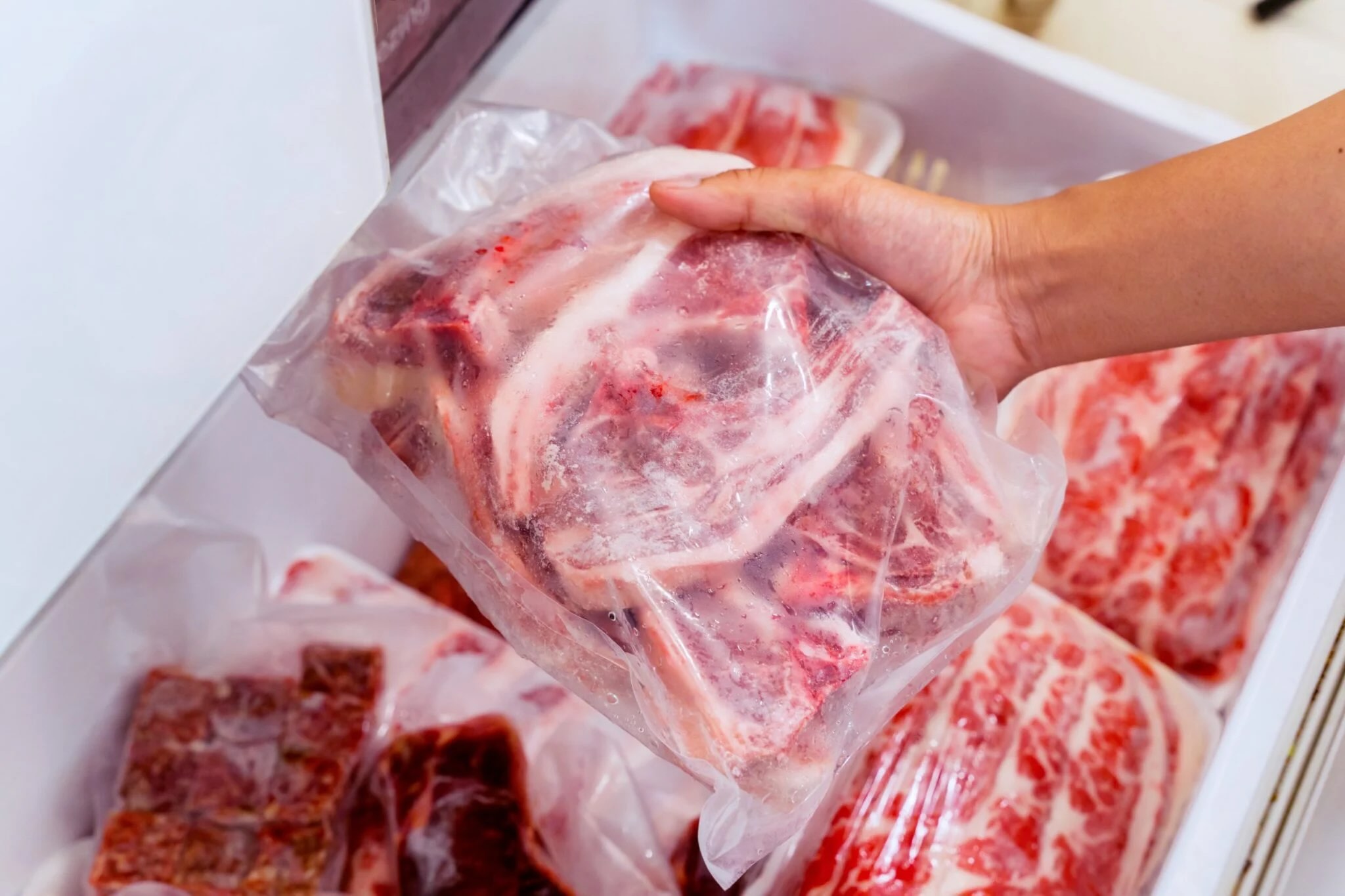
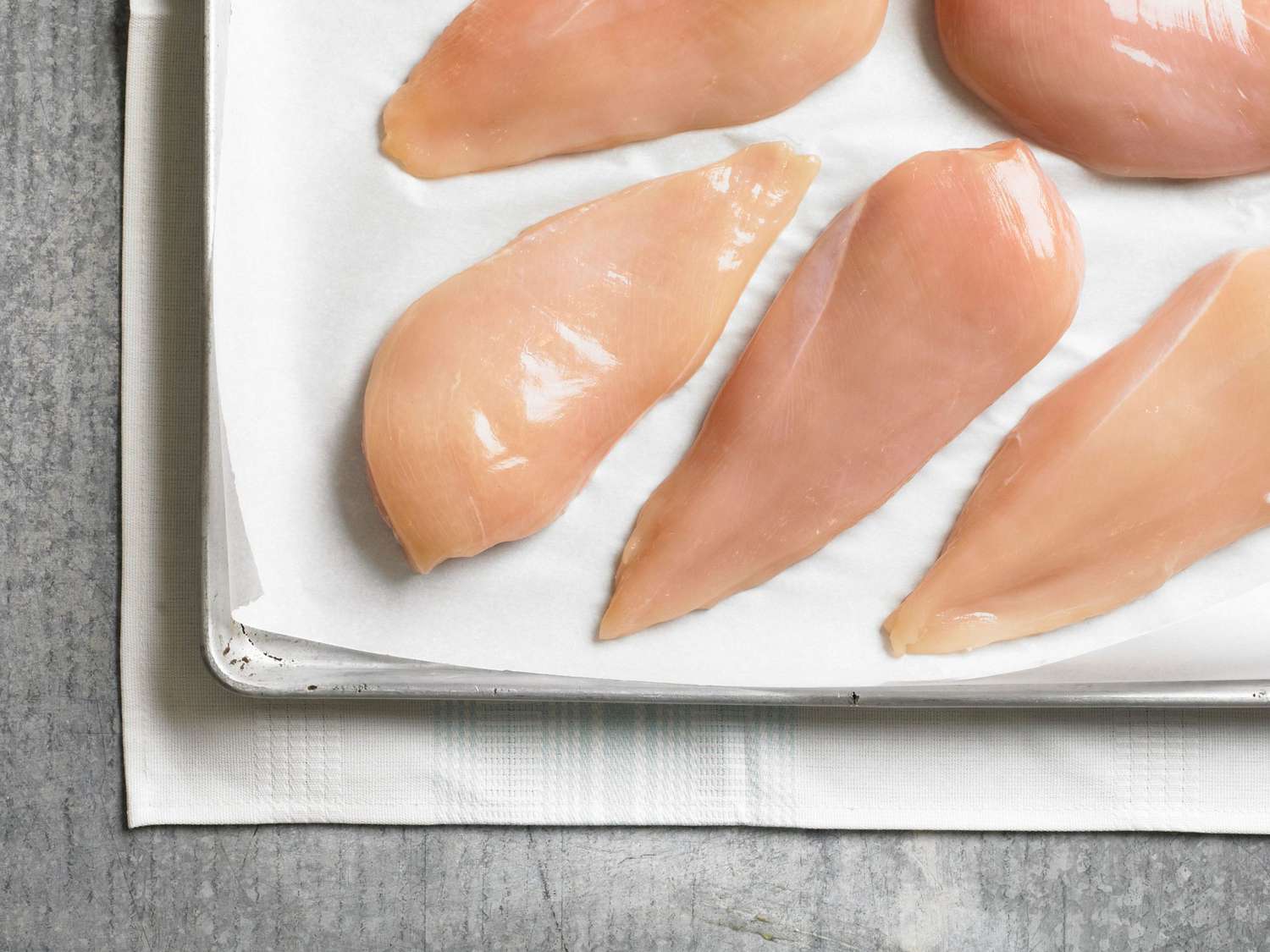

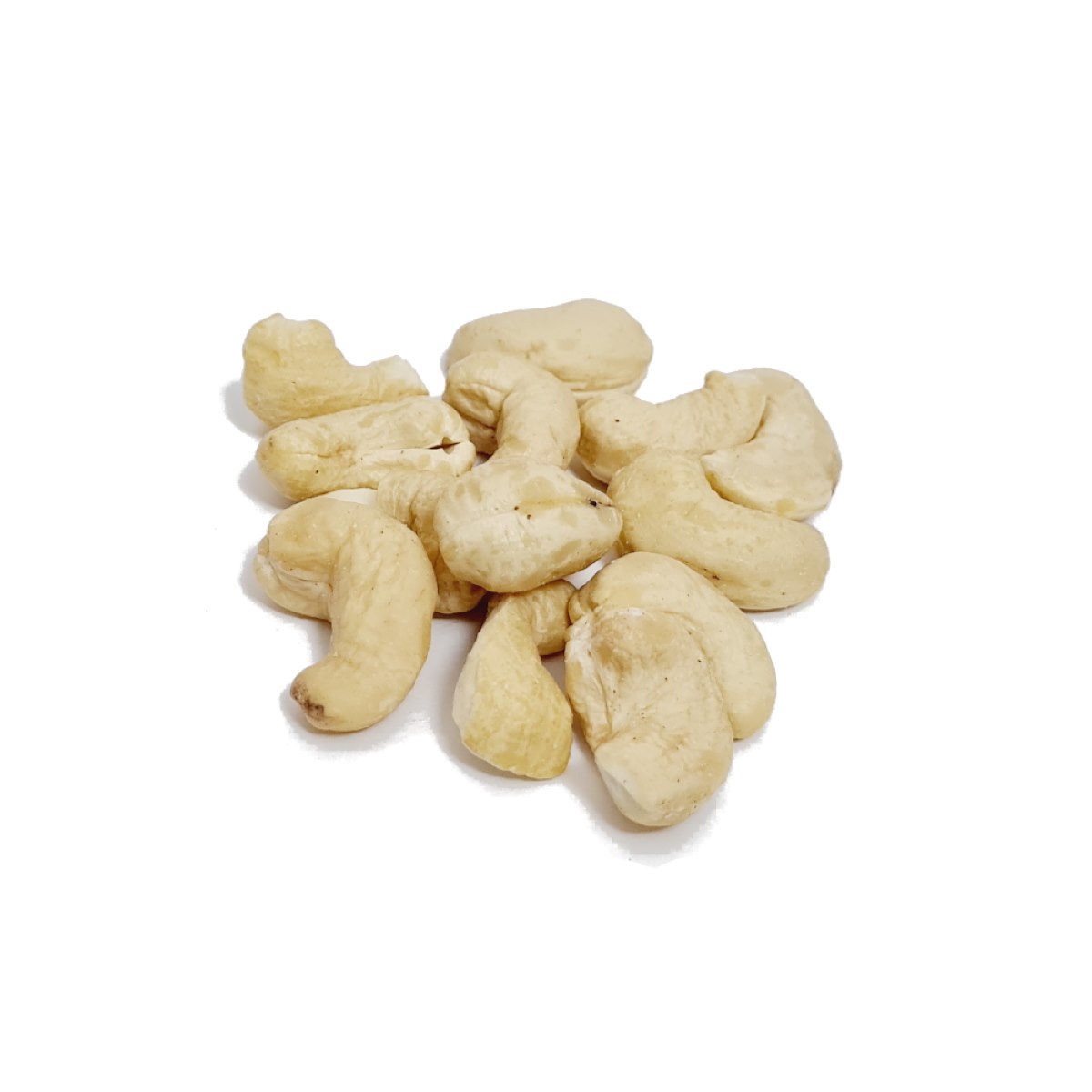
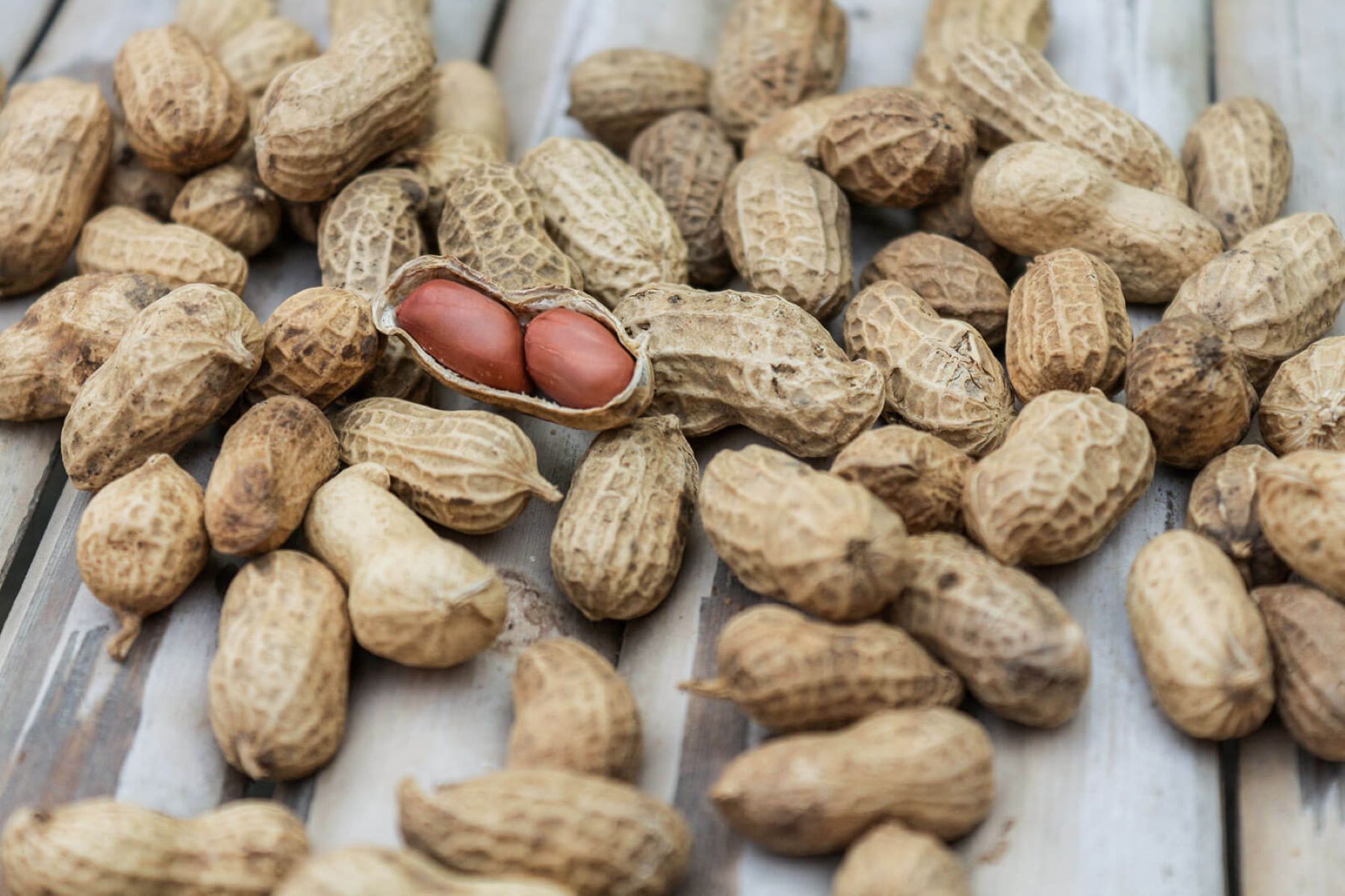


0 thoughts on “How To Store Raw Meat”